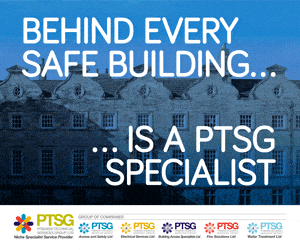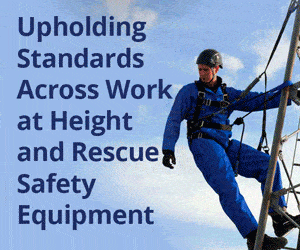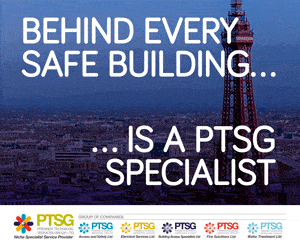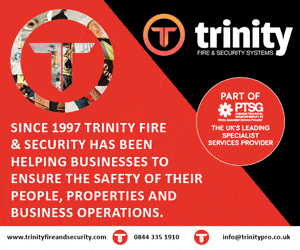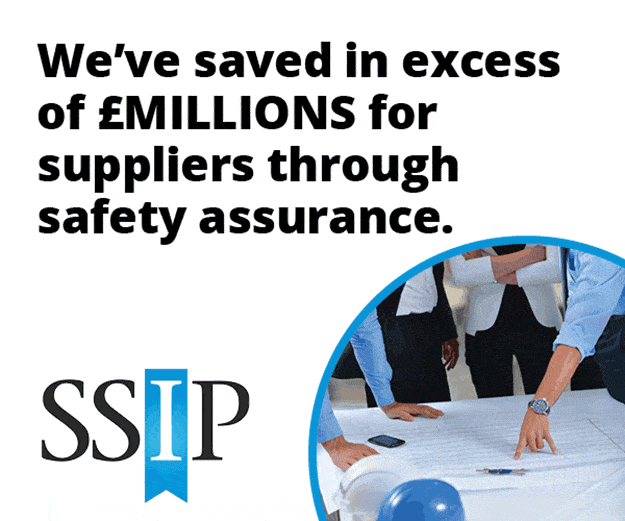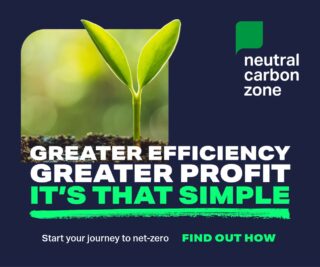Insight from Edward J Beltran, CEO of global leadership development and training company Fierce, developers of the new Pulse app to help employees and employers understand stress in the workplace.
Connectivity at home happened seemingly overnight. With Covid-19 the lines between work and home blurred and, for some, may never go back to how it was before. Not having a commute and more flexibility in your schedule was first seen as a time saver for workers, it can make it hard to distinguish when your work day starts and ends and workers struggle with a sense of having to always be ‘on.’
Long before the pandemic transformed work, workplace stressors had been growing. Rapid technological advances in the last few decades created connectivity never before possible. Breaking news travels around the world in an instant. Many workers feel an obligation to be equally responsive. While the benefits are obvious, the drawbacks are just as real.
While you can connect with everyone you ever knew at any time, that everyone includes your boss, your employees, your coworkers. In 2020, when work-from-home went from novelty to necessity practically overnight, this hyperconnectivity exploded with profound implications for employees and employers alike. When building a plane in the air you wouldn’t think too much about seatbelts; those constructing work-from-home systems made similar calculations in the rush to keep up. Get it up and running now, deal with health and safety later.
Everything everywhere all at once
The later point has arrived, and many companies are still struggling to put in place necessary measures to take care of their employees. The pandemic forced unprepared companies to suddenly shift to remote work. Employees then decided it’s here to stay. The Great Resignation saw many leave unsatisfactory jobs. Next came Quiet Quitting, as many employees prioritized their own mental health over their work.
While many companies are making employee health and well-being a priority, they are trying to implement variations of the same failed solutions. To do so, priority number one must be realizing remote work comes with the same challenges as in person work. From difficult conversations with colleagues and clients to navigating employee-manager relationships, the same stressors not only exist, but are multiplied by the ‘always on’ nature created by hyperconnectivity in a remote work world.
Failure to integrate remote and hybrid work will have consequences not obvious at first glance. With white knowledge workers as much as seven times more likely as black colleagues to prefer a full return to the office, inability to adapt would be devastating to workplace diversity. Remote and hybrid work appear to be the way of the future, but ensuring employee health and well-being when the office stretches from anywhere to everywhere can be difficult.
Am I stressed? Not remotely…right?
The truth is, we do not understand ourselves as well as we believe. As many as 95% of people think they are self-aware, only 12-15% actually are. Some of this is the limits of evolution, the human brain is only so evolved to understand what’s happening to us on a physiological, emotional and logical level. Add to the complication, what stresses out one person may not be a stressor for another, and in fact often we misunderstand our own stress all the time..
A staggering 94% of employees report feeling stress at work. With vast differences between individuals, a one-size-fits-all approach will be doomed from the start. Additionally, any top-down initiative fails to account for increasing stress among executives. Those tasked with addressing workplace stress struggle to understand their own, never mind that of employees under their supervision.
Self-awareness is the first step to understanding our stressors and utilizing technology to expand our awareness is the future. When it comes to mental well-being, there is no quick and easy solution. Fortunately, that same hyperconnectivity we’ve become accustomed to as part of our daily lives can be used to help us understand it.
Help me help you help you help you
Many already use wearable technology to track how far they walk or how fast they run, but the growing Internet of Things can be used to track your stressors. While we may not understand what makes us stressed, biometrics never lie. People have different stressors, different worries, and so we set out to integrate wearable technology to help us all realize what our own really were.
The Pulse app uses wearable technology to chart spikes in stress, and merges with GPS and calendar data to help you understand when, where, or what causes those spikes. It gives an hour-by-hour stress score to pinpoint stressors, then provides tools and resources to tackle the toughest obstacles. On a company level, the app gives employers anonymized information about their employees. This enables managers and executives to know, from a company-wide down to a departmental level, the levels of stress their employees are facing.
With this knowledge in hand, understanding can be taken to the next level. Users can receive training on handling and mitigating stress, through a proprietary AI bot developed just for this purpose, or with personal coaching sessions.
We have yet to fully utilize the technology in front of us to help make a positive impact on our growing stress. The good news is that addressing this very real problem isn’t as hard as we think. Giving our people the tools and connecting those tools in a way that leads to greater awareness is just the beginning, but the most important first step.









































